Loved this on Twitter this morning:
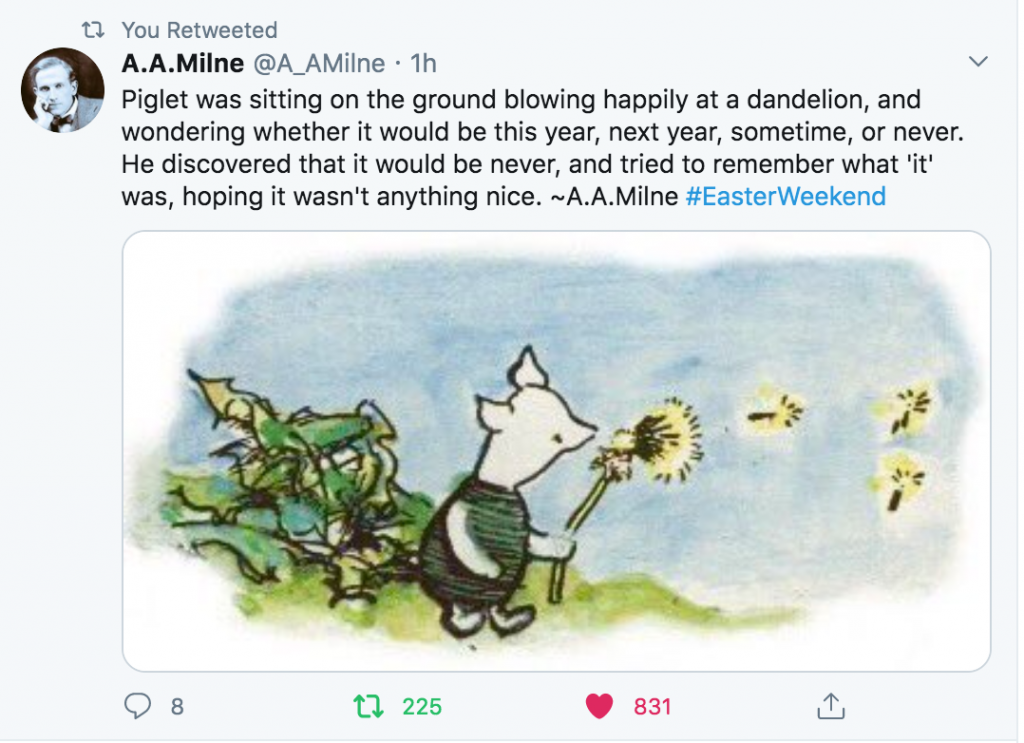
Loved this on Twitter this morning:


My guest column today on Atlas of the Future digs into the extraordinary work of Conservation X Labs, designed to help reverse extinction, where I recently joined the board.

Delighted to see the wonderful Rakesprogress magazine featuring this shot of a long-time family friend, Marina Ritschel (Instagram: @marinaritschel). The theme: ‘Spring Awakening’. The flowers were chosen and styled by our eldest daughter, Gaia Eros (Instagram: @stormandgraceflowers).
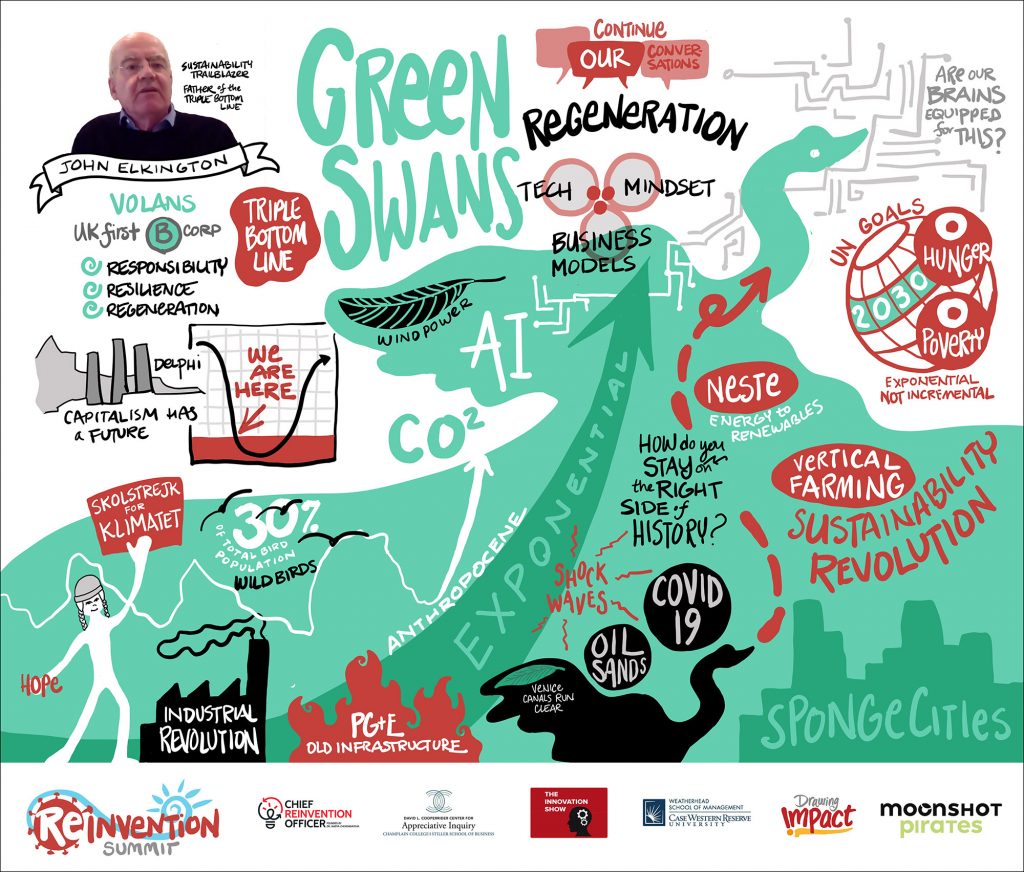
Delighted this morning to wake up to this visual capture of my virtual keynote yesterday evening for the Reinvention Summit, hosted by the extraordinary Nadya Zhexembayeva – who I first met when we both spoke at an Amfori conference outside Brussels. For more on her work, see here.
The illustration has been done by Angelique McAlpine, who you can track via the following:
LinkedIn: #scribeforward @Angelique McAlpine Twitter: @drawingimpact #scribeforward
Meanwhile, it’s amazing how technology has saved us as the COVID-19 outbreak and linked lockdown bites ever deeper.
Am doing a fair number of presentations via Zoom now – and finding it works very well. We have also ordered new equipment so that I can begin to do podcasts from home, where I am now “marooned”.
And what a pregnant word that is. Here’s the Merriam-Webster definition:
maroon verb marooned; marooning; maroons
transitive verb 1: to put ashore on a desolate island or coast and leave to one’s fate 2: to place or leave in isolation or without hope of ready escape
Of course it’s not like that at all. The newspapers come every morning, food is still somehow available, there is TV (where I have been relishing Netflix’s The Secret of the Nile series) and I am in constant connection with there wider world via the Internet and iPhone. Imagine is they went, too!
Post 7 of 7
Ultimately, despite the disruption – and ultimately truncation – of the trip, we had a fantastic time. Our guides – Jeremy Paterson, George Terezakis and Bianca de Klein – were outstanding, constantly adapting in real time to the developing coronavirus crisis. We benefitted hugely from their knowledge both of the history of Ancient Greece and their intimate connections with today’s Greece.
Doors were opened that otherwise have been closed. And the Travel Editions team back in the UK sorted out our flights back to a London increasingly teetering on the edge of lock-down. We owe them all a huge debt of gratitude.
We also enjoyed ongoing conversations with a number of the other members of the group, though I’m very far from being a group person. On the ground, I’m typically far ahead, far behind or flanking any group. Scouting, I suppose. That’s how I see things that others miss, like the spray of bee-eaters launching almost from beneath my feet in the ruins of Dura Europa, Syria, and gliding down over the Euphrates.
Can’t wait to go to Greece again, including places we didn’t get to like Mystras and Sparta. But, first, notes on a few final stops we made along the way.
First, Mycenae. I think I first came across the Mycenians in my teens, through their role in the Trojan War. No way were we getting inside the fabled walls on this trip, with COVID-19 stalking the land, but we did have a wonderful prowl around the battlecruiser-shaped hulk of the ruined citadel, with a powerful wind thumping all around – and a fitful sun alternately shadowing and spotlighting the battlecruiser.
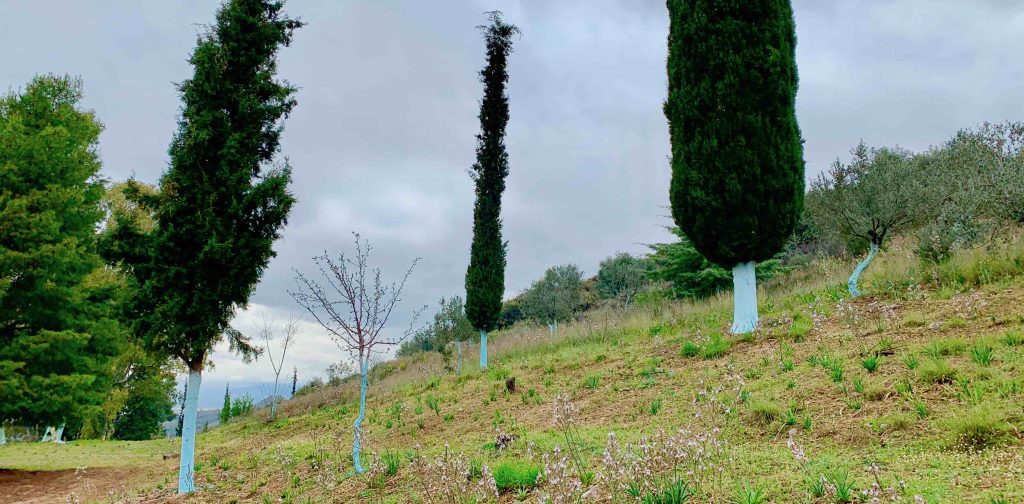
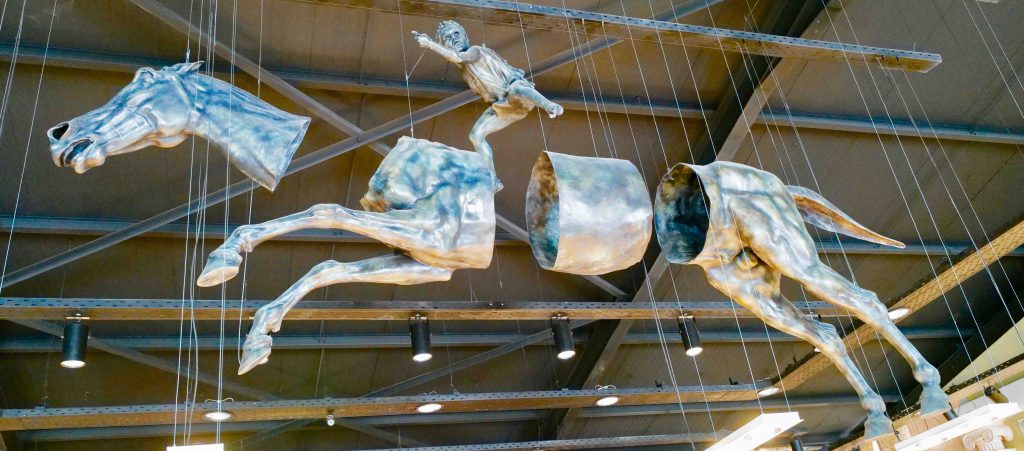

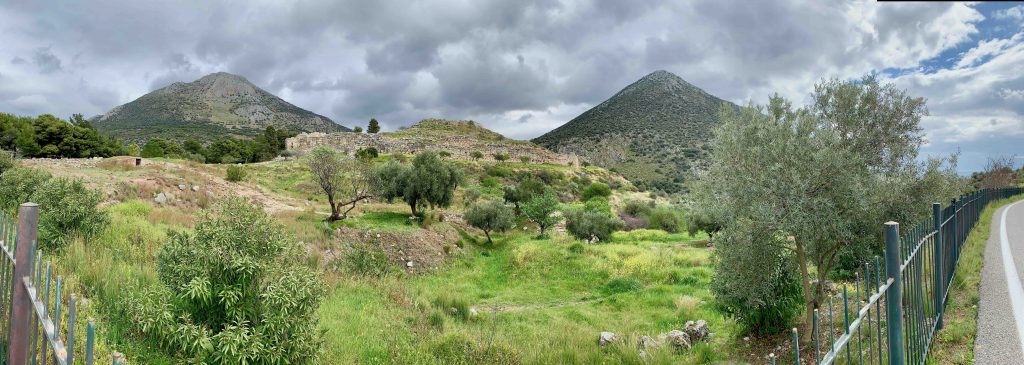

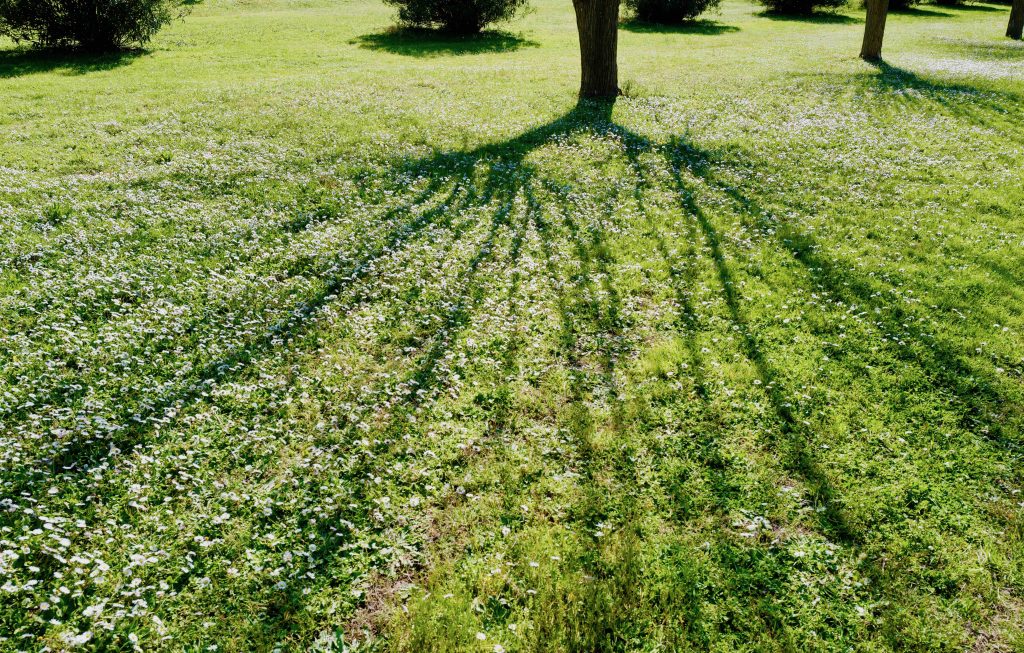
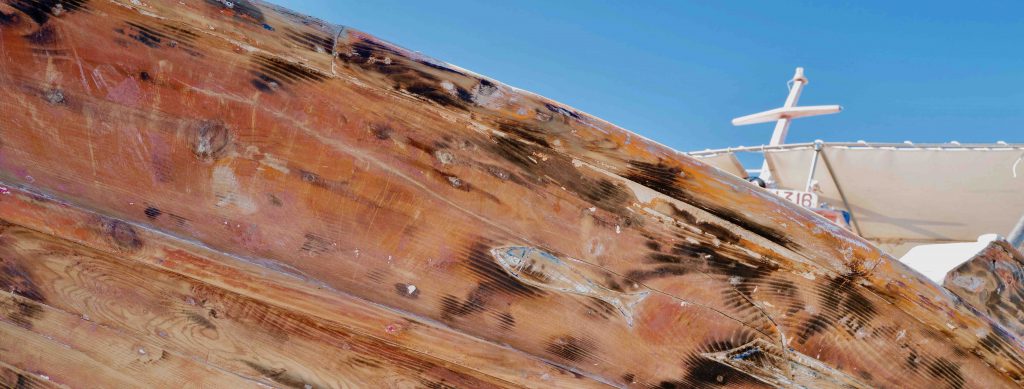
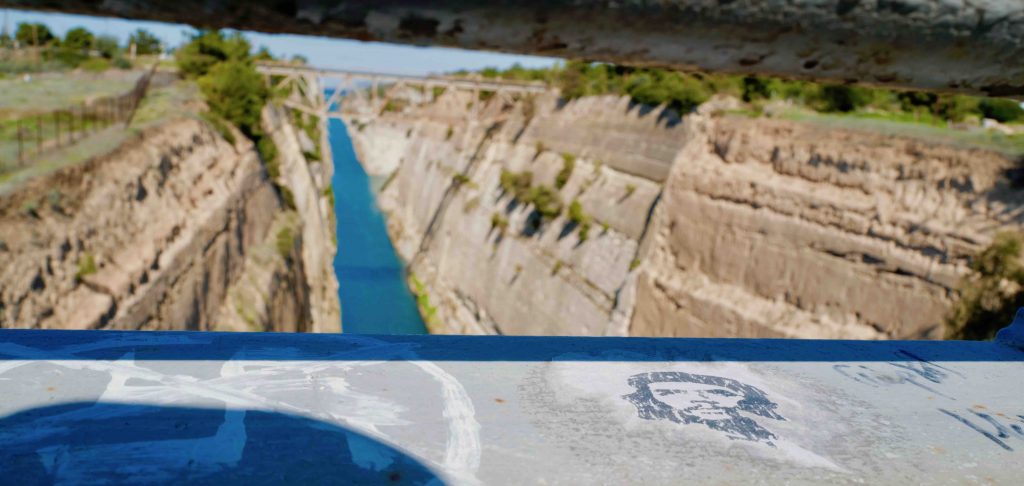
John Elkington is a world authority on corporate responsibility and sustainable development. He is currently Founding Partner and Executive Chairman of Volans, a future-focused business working at the intersection of the sustainability, entrepreneurship and innovation movements.
